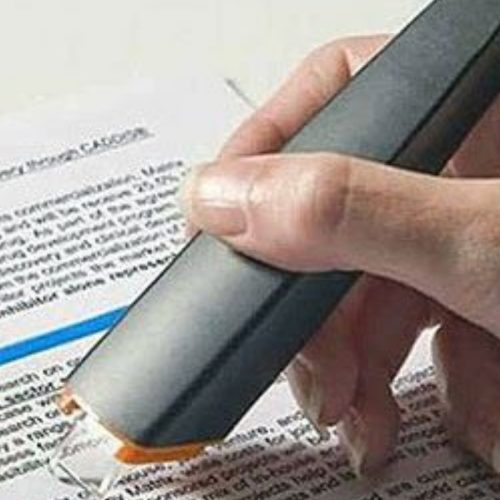Vision Equipment

Vision Equipment
Products for navigation, orientation, braille, guide dogs, magnifiers and note taking equipment.
Vision equipment refers to devices and aids designed to assist individuals with visual impairments or low vision in enhancing their visual abilities, improving independence, and accessing information. These tools and technologies can make daily tasks easier and promote greater participation in various activities. Here are some examples of vision equipment:
Magnifiers: Magnifiers are handheld or stand-mounted devices that enlarge printed text, images, or objects, making them easier to see for individuals with low vision. They come in various forms, including handheld magnifiers, magnifying glasses, electronic magnifiers, and desktop magnifiers.
Screen Readers: Screen readers are software applications that convert text displayed on a computer or mobile device screen into synthesized speech or Braille output. They enable individuals with visual impairments to access digital content, including documents, websites, and emails.
Braille Displays: Braille displays are devices that convert digital text into Braille characters, allowing individuals who are blind or have low vision to read and interact with digital content using their fingertips. They typically consist of a row of small, refreshable Braille cells.
Optical Character Recognition (OCR) Systems: OCR systems use specialized software and scanners or cameras to convert printed text into digital text that can be read aloud by a screen reader or displayed on a screen for individuals with visual impairments.
Talking Watches and Clocks: These devices feature audible time announcements, allowing individuals with visual impairments to independently tell the time. Some models also have tactile markings or vibrating alarms for additional accessibility.
Color Identification Tools: Color identification devices help individuals with color blindness or difficulties distinguishing colors to identify and differentiate between different hues. These devices may use sensors or cameras to provide color information in audible or tactile feedback.
Tactile Graphics: Tactile graphics are raised representations of images, diagrams, or maps that can be felt with the fingertips. They enable individuals with visual impairments to access visual information through touch and understand spatial relationships.
Talking Labeling Systems: These systems consist of small devices with recordable labels that individuals can affix to everyday objects, such as clothing, food containers, or medication bottles. The labels can be programmed with voice recordings to provide information about the items.
Video Magnifiers: Video magnifiers, also known as CCTV (Closed-Circuit Television) systems, use cameras and display screens to enlarge and enhance text, images, or objects in real-time. They offer adjustable magnification levels, contrast settings, and color modes to accommodate different visual needs.
Assistive Apps and Software: There are various mobile apps and software applications available that offer features like text-to-speech, image recognition, voice commands, and navigation assistance to support individuals with visual impairments in everyday tasks and accessing digital content.
It’s important to note that the specific vision equipment needed will depend on an individual’s visual impairment and specific requirements. Consulting with eye care professionals, low vision specialists, or organizations for the visually impaired can help determine the most suitable vision equipment for each individual.

